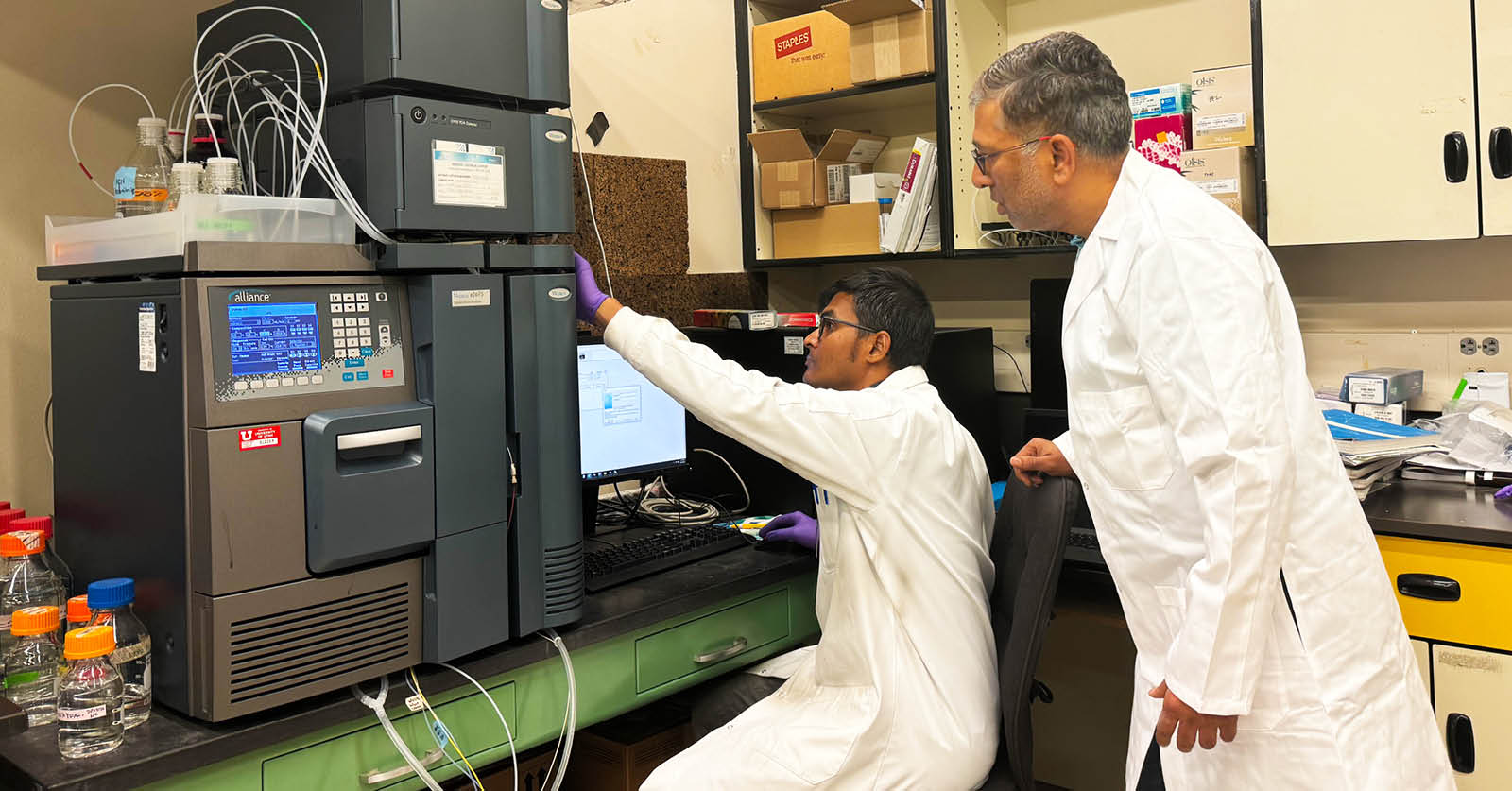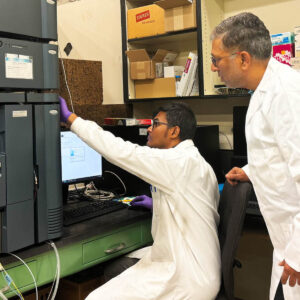Dr. Ramesh Goel Leads $1.6M EPA Research on PFAS
Known as “forever chemicals,” per- and polyfluoroalkyl substances (PFAS) are a group of synthetic chemicals that have been widely used in various industrial and consumer products, such as non-stick cookware, water-repellent clothing, and firefighting foams. Their resistance to degradation combined with their potential to accumulate in living organisms has raised significant concerns about their impact on human health and the environment. While significant progress has been made in understanding PFAS, we are still unraveling the dangers they pose, including their environmental impact.
As PFAS contamination through land applied biosolids and their plant uptake continues to escalate risks to both environmental and public health, Dr. Ramesh Goel‘s groundbreaking research will be tackling this critical issue head-on, supported by a nearly $1.6 million grant from the U.S. Environmental Protection Agency (EPA).
This project — one of ten grants awarded nationwide to address the PFAS crisis in agricultural, rural, and tribal communities — underscores the University of Utah’s dedication to tackling critical challenges that affect the region.
An Urgent Concern
PFAS chemicals in municipal wastewater has become a pressing environmental issue. Current treatment methods at wastewater treatment plants (WWTPs) are largely ineffective at removing or fully degrading PFAS, leading to their presence in biosolids. Biosolids, the nutrient-rich organic material generated from sewage treatment, are commonly used as fertilizers in agriculture. It is estimated that between 2,749 to 3,450 kilograms of total PFAS are present in the biosolids produced in the U.S., with half of these chemicals entering agricultural soils. In 2019, approximately 4.5 million dry tons of biosolids were generated by municipal WWTPs in the U.S., and around 2.44 million dry metric tons were applied to land.
This recent set of EPA grants is focused on developing a better understanding of “bioaccumulation,” or how pollutants like PFAS can become more concentrated in plants and animals that grow or graze on polluted ground.
A Comprehensive Approach
To address the diverse range of expertise needed and the extensive methodologies, Goel’s project brings together six researchers from different institutions, alongside industrial partners and agricultural stakeholders, to ensure a multidisciplinary approach to combatting this critical environmental issue.
The project’s collaborative action plan will lead investigations into how PFAS behave during wastewater treatment and ultimately accumulate in biosolids. By understanding these processes, Dr. Goel’s project aims to develop effective strategies to minimize the risks associated with PFAS in agricultural environments, protecting both the food supply and the health of farming communities.
The research will employ a variety of methods, including full-scale WWTP sampling, field experiments to study PFAS uptake in plants under different cover crop scenarios, and lab-scale tests on plant uptake of toxic PFAS. Additionally, the project will explore the use of modified biochar as a potential mitigation strategy.
A robust community engagement plan is also a key component of the project. This plan aims to share knowledge and findings with industrial partners, agricultural extension agents, utilities, and the public, ensuring that the research has a broad impact.
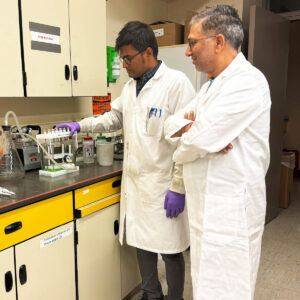
Dr. Ramesh Goel, right, and PhD student Anjan Goswami, left, perform PFAS extraction from soil and biosolids.
Setting the Stage in PFAS Management
The anticipated outcomes of this research include a deeper understanding of the relationship between WWTP processes and PFAS partitioning, the development of standard operating procedures for studying PFAS in agricultural soils and plants, identification of potential mitigation strategies to reduce PFAS contamination in agricultural systems, and educational outreach through workshops and surveys to disseminate knowledge and best practices.
Running through 2027, this groundbreaking research is poised to offer invaluable insights into the behavior of PFAS in the environment and contribute to the development of effective strategies to safeguard public health and the environment. Dr. Goel’s leadership as the Principal Investigator of this project highlights his expertise and commitment to environmental research.
Environmental Engineering at the University of Utah
Explore Environmental Engineering→
More news from our department:
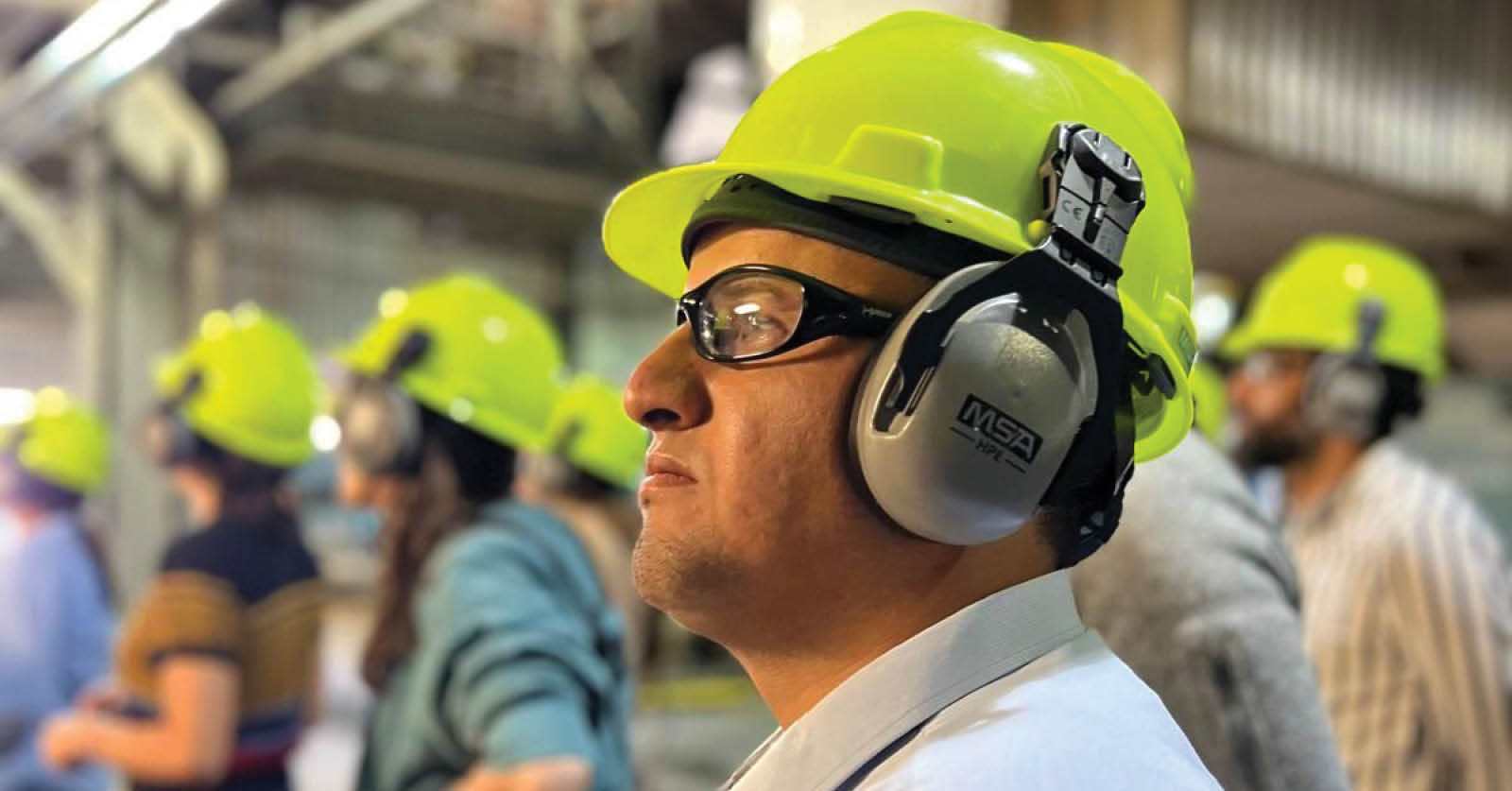
PhD Student Omar Bakelli Completes RECS 2024 Program
Bakelli’s Participation Propels Him into the Forefront of Carbon Sequestration Research University of Utah PhD student Omar Bakelli recently participated in the 20th annual Research Experience in Carbon Sequestration (RECS) program, held from July 21-30, 2024, across Colorado and Wyoming. Sponsored by the U.S. Department of Energy (DOE), RECS 2024 provided an immersive experience for […]
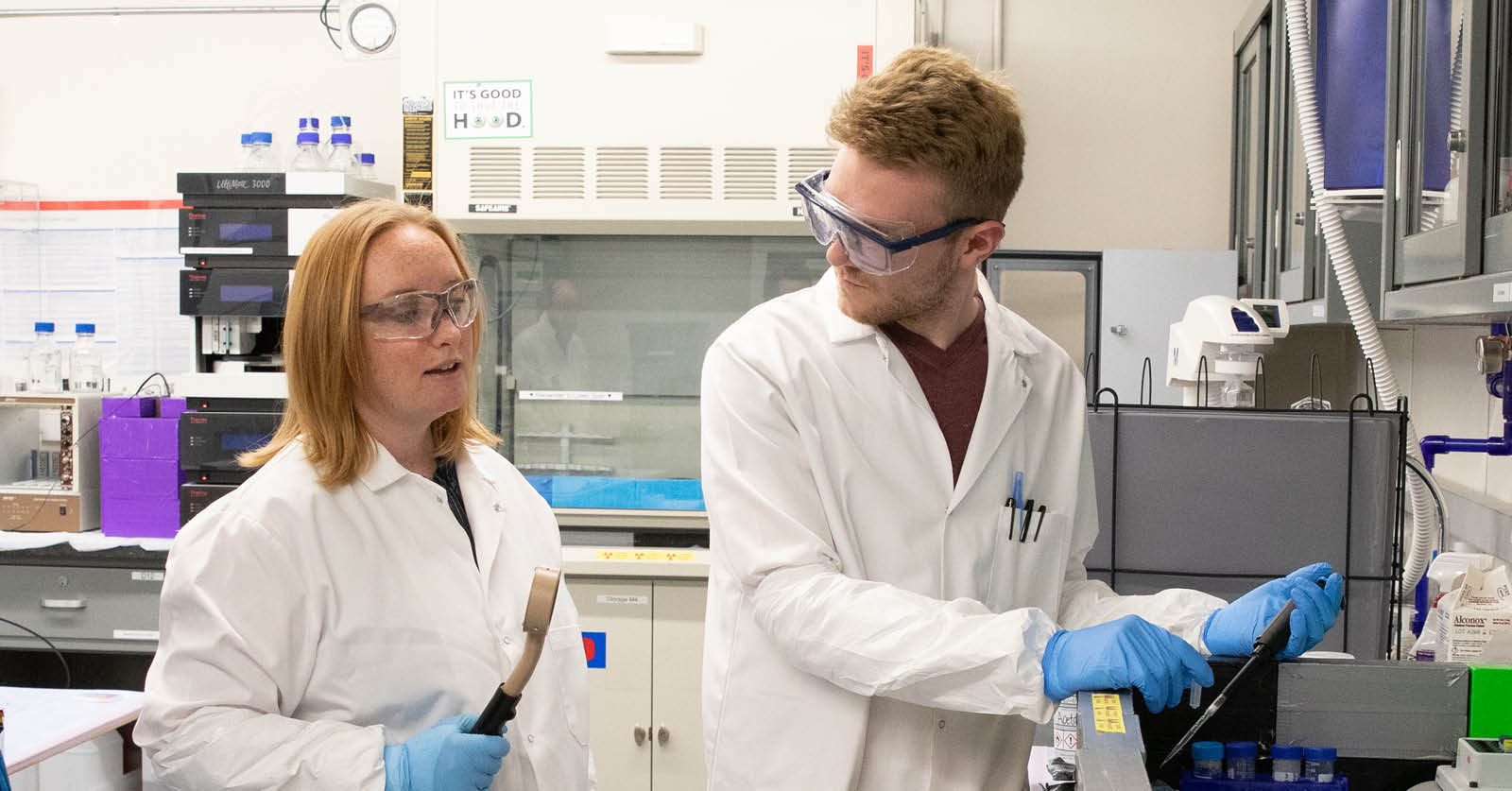
U Grad Breaking Boundaries in Alzheimer’s Disease
Innovative Alzheimer’s Treatment Developed at the U Featured in Journal of Nuclear Medicine Alzheimer’s disease, a debilitating brain disorder with limited treatment options, has long challenged researchers. Specifically, researchers have struggled with slowing the buildup of amyloid beta plaques, harmful clumps in the brain that exacerbate the disease by damaging brain cells and causing memory […]
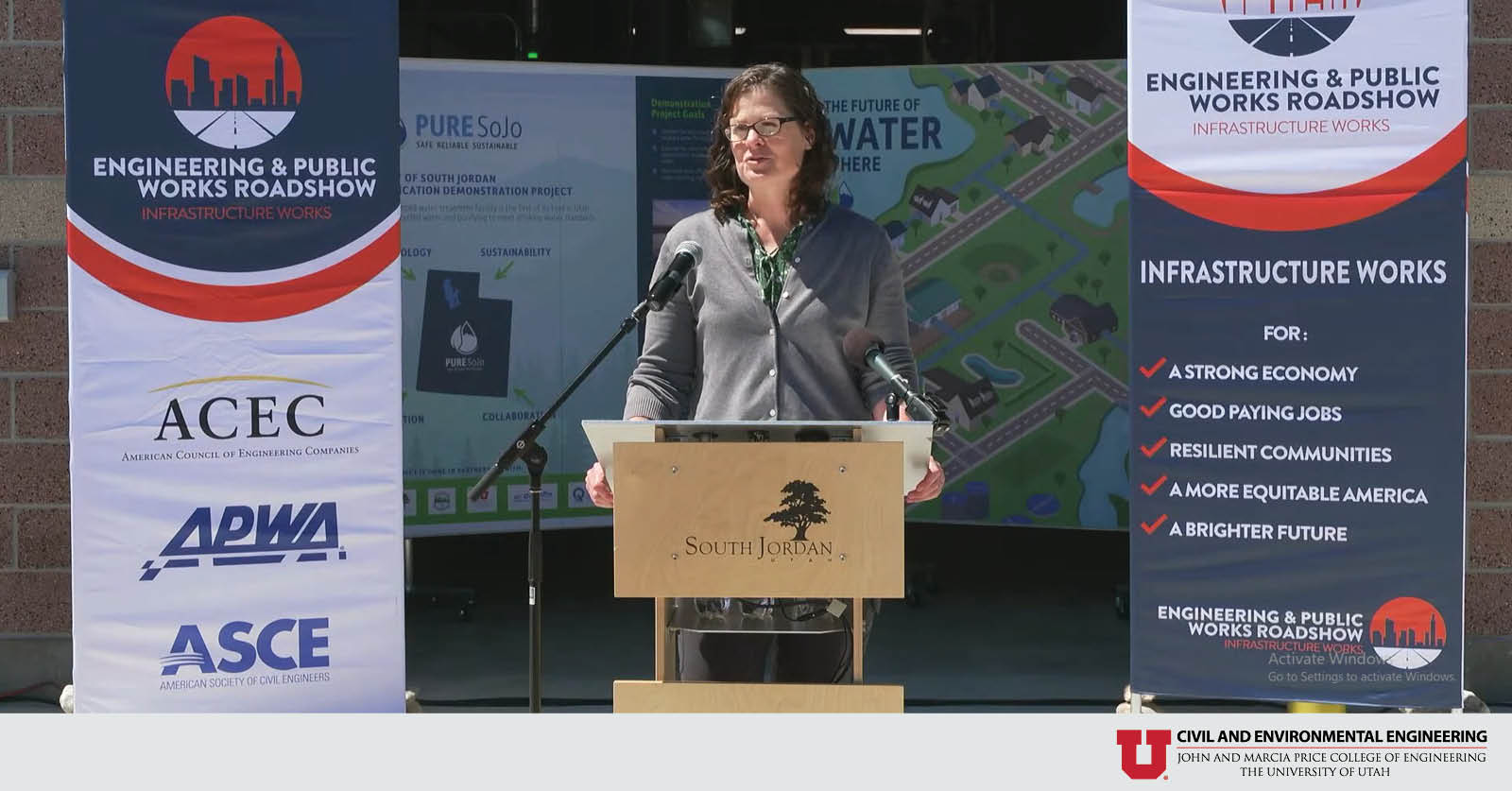
From Classroom Concepts to Real-World Impact
Dr. Weidhaas Champions Local Solutions for Water Reclamation in Arid Utah On June 18, 2024, Environmental Engineering Professor Dr. Jennifer Weidhaas shared her insights and experiences with the groundbreaking PureSojo project as part of the Engineering & Public Works Roadshow. This innovative initiative, developed in collaboration with the City of South Jordan, represents a significant leap […]
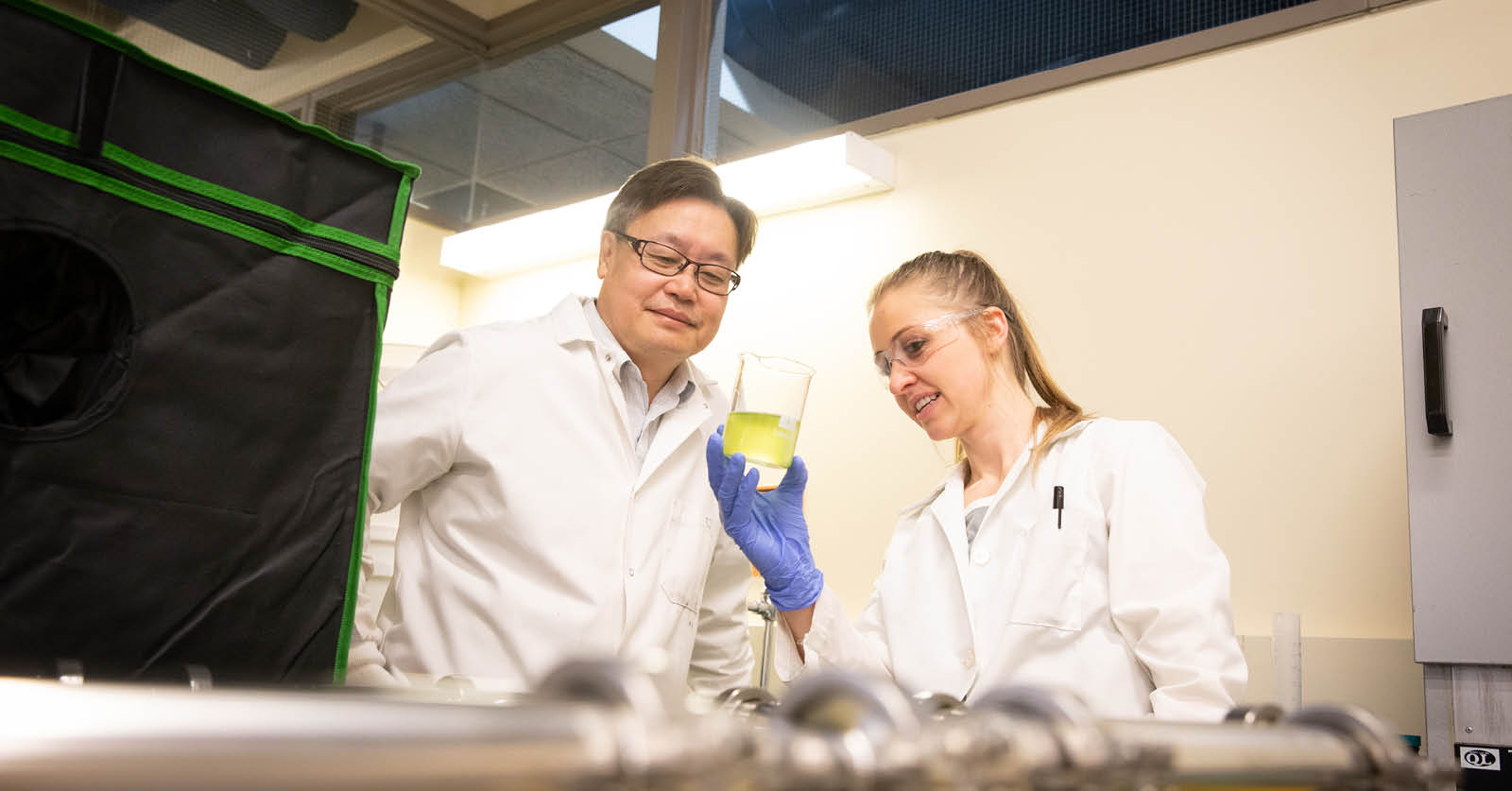
Nanobubbles: Tiny Powerhouses with Huge Potential
University of Utah Environmental Engineering Professor is at the Forefront of New Nanobubble Technology Peculiarly powerful, nanobubbles have opened a new frontier in science and engineering, creating promising environmental and medical applications. But what exactly is a nanobubble? Imagine a tiny water bubble that’s 2,500 times smaller than a single grain of salt. Then imagine […]

